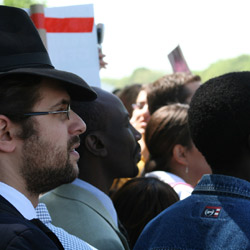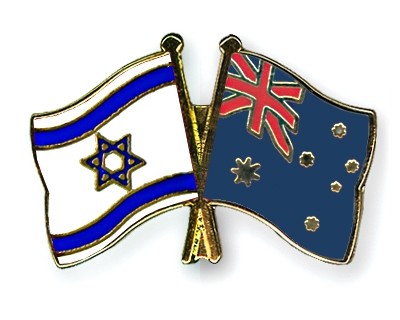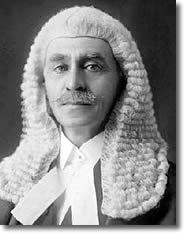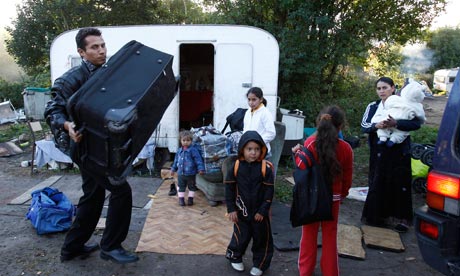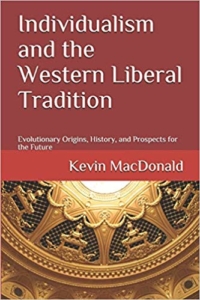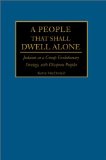The War on White Australia: A Case Study in the Culture of Critique, Part 4 of 5
Opposition to multiculturalism in Australia and the Jewish response
Australian Jewry, now just one ethnic group among many in a “multicultural” society, remains, as Rubinstein observes, “one of the best organised Diaspora communities in the world and is frequently at the forefront of ethnic and multicultural affairs in Australia.”[i] The one-time editorial committee member of the Australian Jewish Democrat, Miriam Faine, got right to the heart of the Jewish support for large-scale non-White immigration and multiculturalism when she noted that: “The strengthening of multicultural or diverse Australia is also our most effective insurance policy against anti-Semitism. The day Australia has a Chinese Australian Governor General I would be more confident of my freedom to live as a Jewish Australian.”[ii] Comments like these make it clear that Jewish promotion of non-White immigration and multiculturalism has been first and foremost a form or ethnic strategizing (or ethnic warfare) concerned with preventing the development of a mass movement of anti-Semitism in Australia and other Western societies.
It is, therefore, not surprising that Australian Jewry has reacted aggressively to any manifestation of White ethnocentrism or opposition to multiculturalism from among the White Australian population. Markus notes that: “The post-Holocaust generation [of Australian Jews] has been acutely aware that any public manifestation of bigotry and racism, whoever the immediate target, has the potential to impact across society, on all minorities, however defined.”[iii] He further observes that “Changes occurred in Australian society in the last decade of the twentieth century, which heightened the significance of multiculturalism for the Jewish community and for the wider society.”[iv]
Conservative commentator John Stone recalls that by the mid-1980s support for Australia’s immigration program was increasingly “qualified by growing doubts about the increasingly contrived use of that program to remake Australia in a politically-correct ‘multiculturalist’ image.” The then Leader of the Opposition, John Howard, when asked by a journalist in 1988 whether the sharply increased rate of Asian immigration was too high, had replied: “I am not in favour of going back to the White Australia policy. I believe that, if it is in the eyes some in the community… too great, it would be in our immediate term interest and supportive of social cohesion if it were slowed down a little, so that the capacity of the community to absorb [it] was greater.” For having expressed even such mild a criticism of Australia’s immigration program, Howard was assailed by all sections of the liberal elite with his arguments about “social cohesion” being seen as a smokescreen for “racism.” Under sustained attack, Howard backed down in humiliating fashion. Read more

